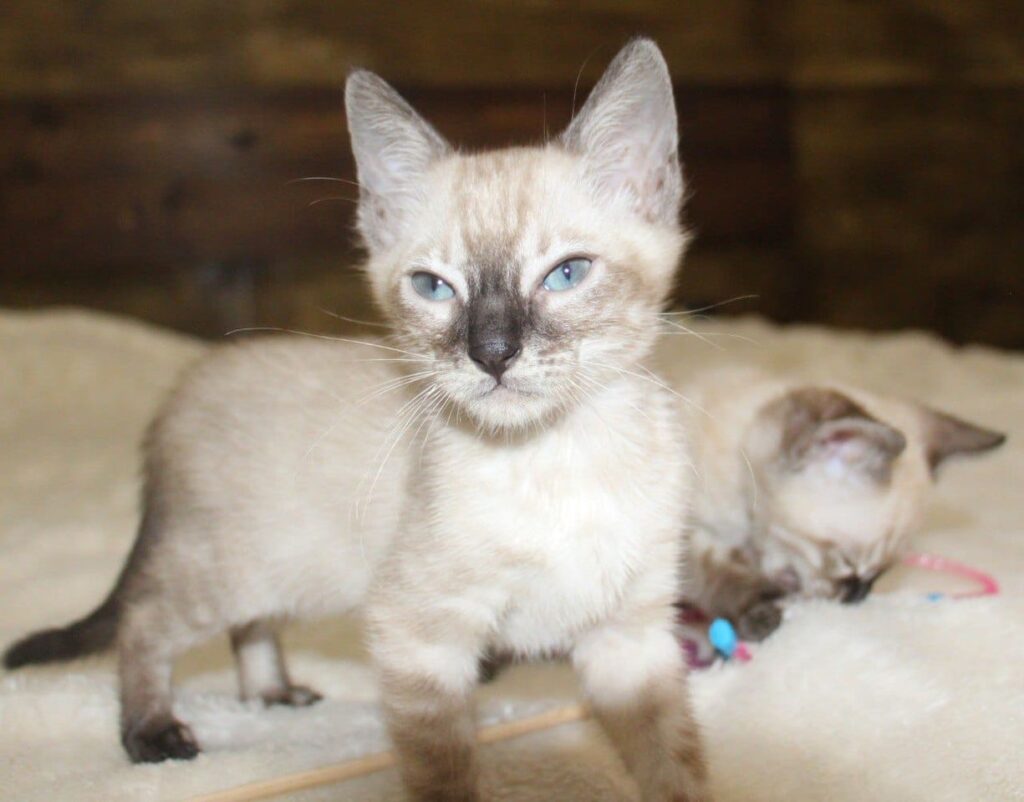Bengal cats often steal the spotlight with their wild elegance, but when compared to other exotic feline breeds like Savannahs and Ocicats, their uniqueness becomes even more pronounced. While all three breeds share a striking appearance and high energy levels, the Bengal’s origin story and behavioral profile reveal a more intricate blend of science and selective breeding. Unlike Savannah cats, which are direct hybrids of domestic cats and African servals, Bengals descend from the Asian leopard cat but have undergone generations of refinement to emphasize domestic traits. This distinction matters not just for temperament but also for legality, Savannahs often face stricter ownership regulations due to their closer genetic ties to wild animals.
In terms of physicality, Bengals are muscular and compact, with coats that shimmer thanks to a unique gene known as “glitter.” Ocicats, while also spotted, lack wild ancestry altogether and were bred to mimic the look of wild cats using purely domestic lines. This makes Ocicats more predictable in behavior and easier to manage in multi-pet households. Bengals, by contrast, retain a level of intensity and vocalization that can be both charming and challenging. Their intelligence and need for stimulation surpass that of most domestic breeds, demanding interactive play and environmental enrichment to prevent boredom induced mischief.
What sets Bengals apart is not just their appearance but their adaptability. Despite their exotic look, they often bond deeply with humans and can be trained to walk on leashes, play fetch, and even respond to commands. This trainability, combined with their social nature, makes them ideal for owners seeking a dynamic companion rather than a passive pet. Savannahs, while equally intelligent, tend to be more aloof and require larger spaces to thrive. Ocicats, on the other hand, offer a middle ground, playful and affectionate without the high maintenance demands of their more exotic counterparts.
From a genetic standpoint, Bengals represent a fascinating case of domestication through design. Recent studies have shown that many of their wild looking traits are actually latent in domestic cat DNA, brought to the surface through careful selection rather than hybridization alone. This challenges assumptions about what makes a cat “exotic” and underscores the role of human intervention in shaping breed characteristics. For prospective owners, understanding these nuances is crucial. Choosing between a Bengal, Savannah, or Ocicat isn’t just about aesthetics, it’s about lifestyle compatibility, legal considerations, and the level of engagement one is prepared to offer.
In a landscape crowded with breed comparisons, the Bengal stands out not just for its beauty but for the depth of its story. It’s a breed that invites curiosity, rewards interaction, and reflects the evolving relationship between humans and their feline companions. Whether you’re drawn to the athleticism of a Savannah, the sociability of an Ocicat, or the glittering charisma of a Bengal, each offers a unique window into the world of exotic cats, but only the Bengal blends wild allure with domestic heart in such a compelling way.
You might also like:

